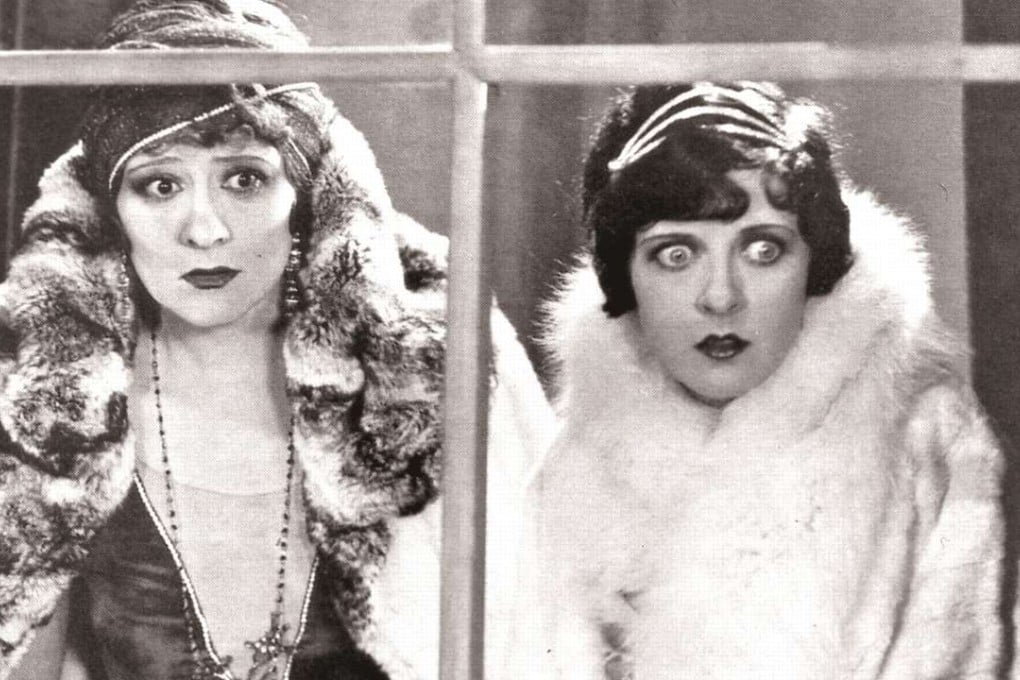Flashback: Lady Windermere’s Fan – Ernst Lubitsch’s 1925 adaptation of Oscar Wilde comedy
Deft direction made the 1925 silent film adaptation of the Oscar Wilde comedy a delight for the eyes, if not the ears

Silent cinema was an art form on the verge of extinction while, paradoxically, at the peak of its creativity when Warner Brothers bought the screen rights for the Oscar Wilde stage success Lady Windermere’s Fan.
The works of Wilde, an author known for his witticisms, would seem too reliant on linguistic bravado to make good candidates for a medium bereft of recorded dialogue. Fortunately, the playwright’s lingual genius met its kindred spirit in the witty artistry of director Ernst Lubitsch, whose fabled “Lubitsch touch” transferred Lady Windermere’s Fan to celluloid with a finesse that engaged theatregoers’ eyes rather than ears.
The 1925 film retains Wilde’s soufflé of a plot pivoting upon an ornate fan and its reverberations in London’s high society. The prop is used to bring together the virtuous titular character (played by May McAvoy) and her moral opposite, a notorious demimondaine (Irene Rich) who, in reality, is the lady’s supposedly deceased mother.

The director, renowned for his talent for casting, makes it all seem plausible with a first class line-up of 1920s Hollywood idols. It is a testament to the fleeting nature of fame that they are all-but-forgotten today, apart from future Oscar winner Ronald Colman, who alone went on to talkie stardom.